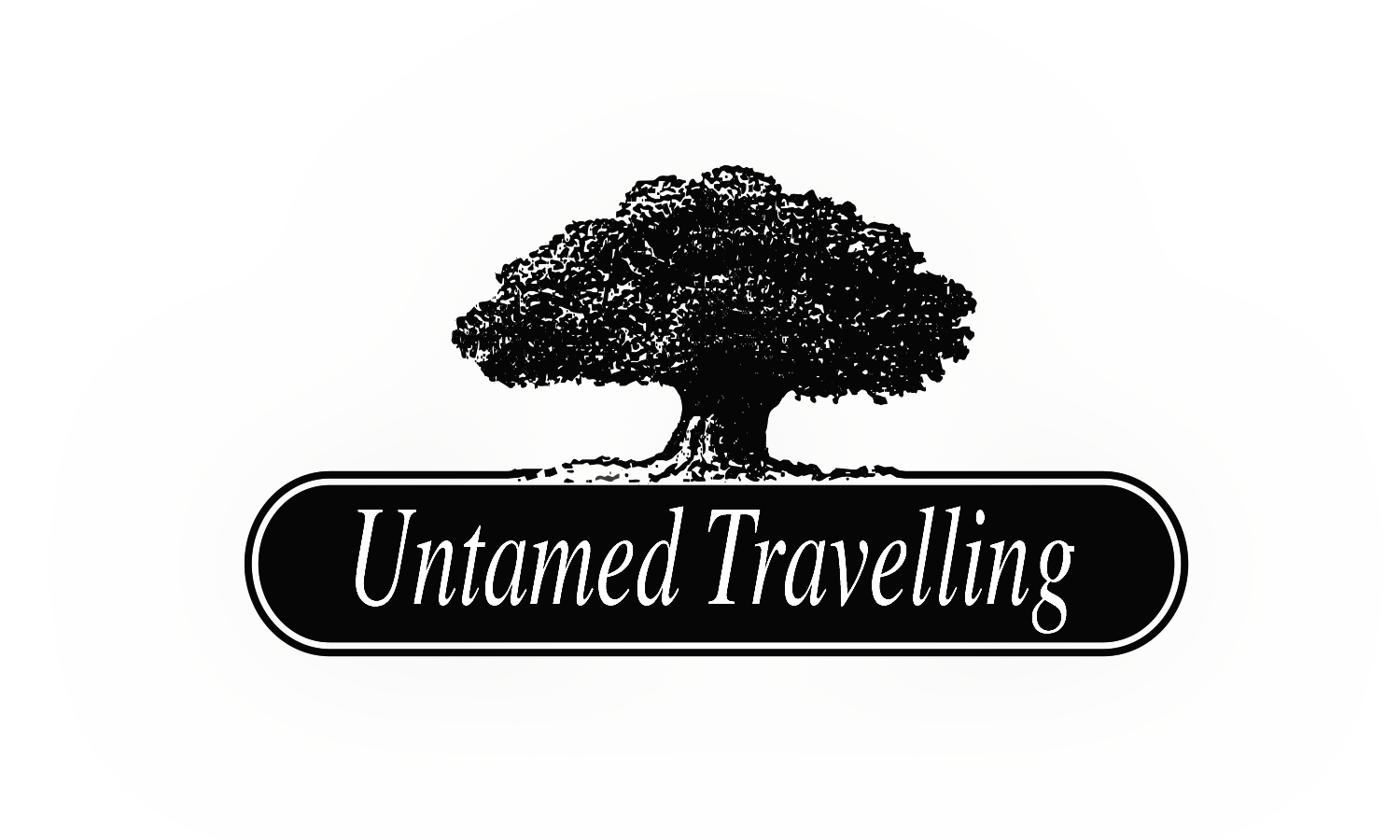Jozef Verbruggen: ‘Arriving in Tana immediately creeps up on the idea, I want to explore this immense island. I followed the R7 route. For an obvious reason. Madagascar, 590,000 km2 is too immense to visit at once. Some areas have hardly any roads or have very bad roads. The R7 gives a good impression to landscapes/people and animals/birds. It is, as it were, the average dealer of the many regions that one can visit. Above all, make time to leave the R7 and get off the beaten track. Then you will experience an even more authentic Madagascar, where time has stood still.’
Tana, the capital with its five million inhabitants, is a city built around rice paddies that are cherished. Traffic is too busy for the small streets. In “high Tana” lie beautiful cobblestone streets and beautiful old colonial houses. We stayed at the very nice “Lokanga boutique hotel”. A few rooms, “room with a view” and one of the best kitchens in the capital. You feel like you’re in Provence/France.
Next stop was Antsirabe,town of pousse-pousses (rickshaw). Temperature for Europeans is delicious, even in winter time. Then via Ambositra, beautiful authentic town on the high plateau, to Ranomafana national park. Everywhere a very friendly population, welcoming. You can travel safely around Madagascar. Also in nature no dangerous snakes or dangerous animals.


Endemic plants and animals abound. What a nature! Early in the morning with Roony. And as we saw our first lemurs, “greater bamboo lemur”. All morning looking for lemurs. We can’t get enough of it. We still see “golden bamboo lemur”, “red bellied lemur”, “sportive lemur” and one of the only predators, “ring tailed mongoose”. Birds “rufous-headed ground roller” (I note some birds that are also new to me), madagascar wood rail, “greater vasa parrot”, are just a few species.
To top it all off is the little “Satanic leaf tail gecko”. A gecko in the form of a dried leaf, wow! ‘ In the evening we enjoy an evening walk along the road and see about 10 different types of chameleons. What a day!


The landscape changes, becomes drier. Our tour continues, via Fianarantsoa and Ambalavao where the weekly zebu market is held on Wednesdays and Thursdays. We reach Isalo national park. The park is dotted with bizarre rock formations. Insanely beautiful. You can take walking tours of a week with guide/cook, a beauty of an experience. The plateau looks like a monotonous grass steppe but is bisected by beautiful canyons of up to a hundred meters deep with natural pools lined by endemic palm trees. Paradisiacal. Even early in the morning, we can’t fail to take a dip in the water. What a surprise!
At our picnic spot, “ring tailed” lemurs. Two different families, lots of “Madagascar kestrel” and very nice accommodations. I ask for the best travel period to our guide “headman”, according to him at the end of March, April. ‘Flowers, greenery and few tourists is the answer.’
On the way to the coast we still visit the Zombiste national park, really highly recommended. “Appers bulbul” only occurs here (in the world). Found! We also see a large group of Sifaka lemurs.


The coast near Ifaty is open all year round, but the most beautiful time is from late June to September, when whales can be seen off the coast. Last two days in the desolate Anakoa. Take the ox wagon to the speedboat, an hour to the south from Tulear. Peace and quiet speaks the high in Anakoa. I visited with the catamaran Nosy ve, island off the coast, because the “red tailed tropic birds” breed there. Dozens of nests. What an experience. One can also visit 40 kilometers south of Tsimanampetsotsa, one many species of baobab trees.
Flown back to Tana via Tulear, farewell dinner in the superior “Varanque”. Best cuisine in Madagascar.
Tonga STD, welcome! I will be back.
Joseph Verbruggen
P.S. Are you curious about the unique flora & fauna on Madagascar? Check out our Madagascar travel offer and let us inform you about the possibilities. Or, join us on a photo trip in April/May 2014 under the direction of professional photographer Nand Fiems.













